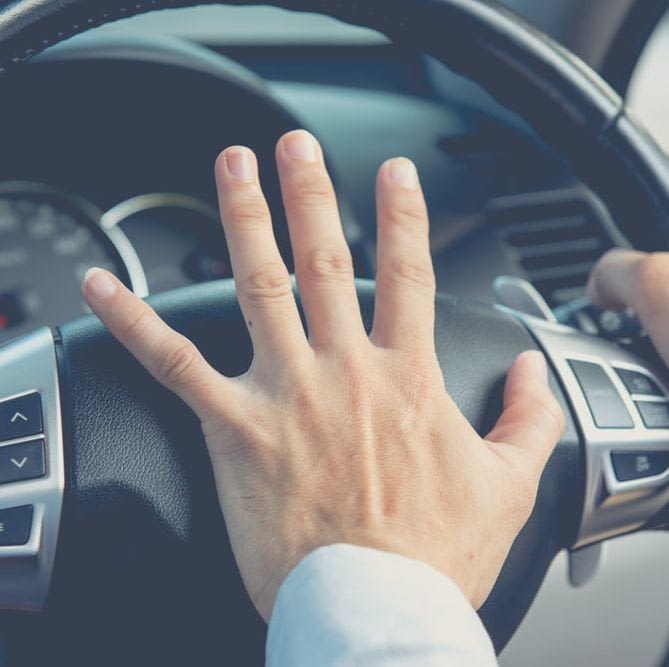Road Rage Avoidance and Safety Tips
Auto accidents are the number-two cause of injury-related deaths in the United States, according to the Centers for Disease Control. What is perhaps more alarming is that 66% of traffic fatalities are caused by aggressive driving, or road rage, as a contributing factor.
It has reached such proportions that psychiatrists have given it a name – intermittent explosive disorder – and are trying to have it recognized as a mental disorder.
Nearly 80 percent of drivers admitted to engaging in at least one type of aggressive driving. How do you avoid driving aggressively ‒ and keep yourself safe when you encounter road rage?
Avoid setting off other drivers
One of the best ways to deal with a road rage incident is to avoid setting other drivers off to begin with.
Here are several triggers (and good practices to avoid them) that can tend to aggravate other drivers, according to the AAA Foundation for Traffic Safety:
- Weaving in and out of traffic (pick a lane and stay in it).
- Cutting people off when changing lanes (always check your blind spot).
- Changing lanes or making sudden turns without signaling first (use turn indicators).
- Tailgating (don’t follow other drivers too closely).
- Driving slowly in the left hand lane, which is illegal in many locales (always keep right unless you are passing another driver).
If someone does something potentially dangerous on the road, try to avoid escalating the situation with your own reaction. Becoming angry or retaliating could easily lead to a very dangerous situation.
Plan a safe response
Think ahead so you’re prepared with a safe response if you are the object of road rage. What you don’t want to do is place yourself in further danger by engaging the other driver. Avoid making eye contact. Try to resist the urge to return any hand gestures or shouted comments. These actions could escalate the situation.
Do not stop on the side of the road and confront another driver, since this can be very dangerous.
If you have a cell phone, call the police for assistance immediately. If you are unable to call for help, then concentrate on maintaining control of yourself and your vehicle.
Try to keep as much distance between your vehicle and the other driver as you safely can.
If you must stop, try to find a populated area such as a busy store parking lot or public park before stopping. Do not get out of your car. Instead, blow your horn and try to draw as much attention to yourself as possible.
There are conflicting opinions on the psychology behind road rage and why aggressive driving has reached such epidemic proportions. Whatever its causes, road rage can result in tragedy. Those who lose control and the objects of their aggression are rarely left unaffected on some level.
Article From Selective Insurance Company


